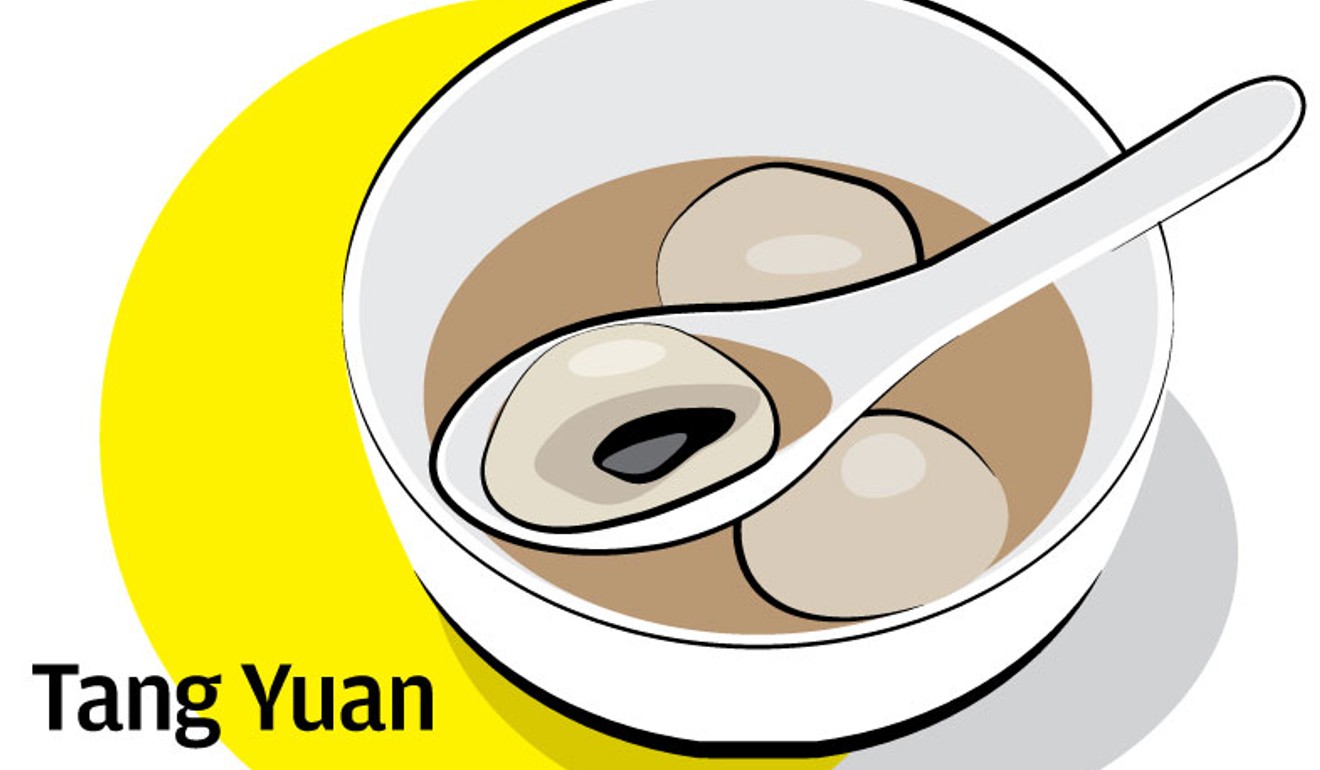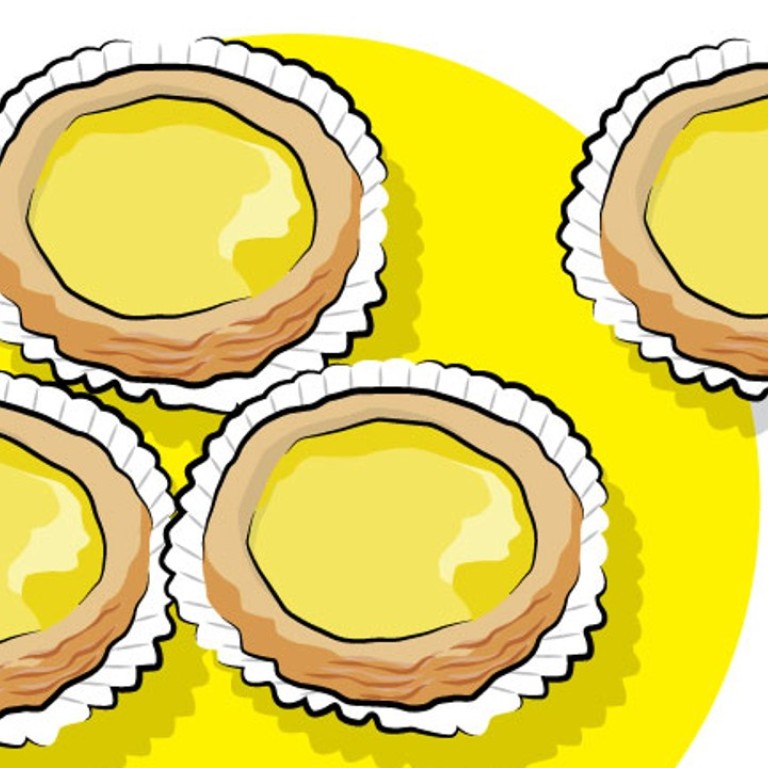
The untold stories behind some of Hong Kong’s most-loved culinary treats
City Weekend explores the origins of some of Hong Kong’s most adored delicacies
From medicinal foods and Anglo-Chinese fusions to centuries-old festive treats such as mooncakes, food and drink culture in Hong Kong is undeniably vibrant.
Some foods are as integral to the fabric of Hong Kong life as the oxygen that rushes through our veins.
But the colourful background and inspiration for many local dishes are often ignored in the rush to consume, or avoid, whatever is on the table. City Weekend explores the origins of some of Hong Kong’s most adored delicacies to discover why they are so loved.
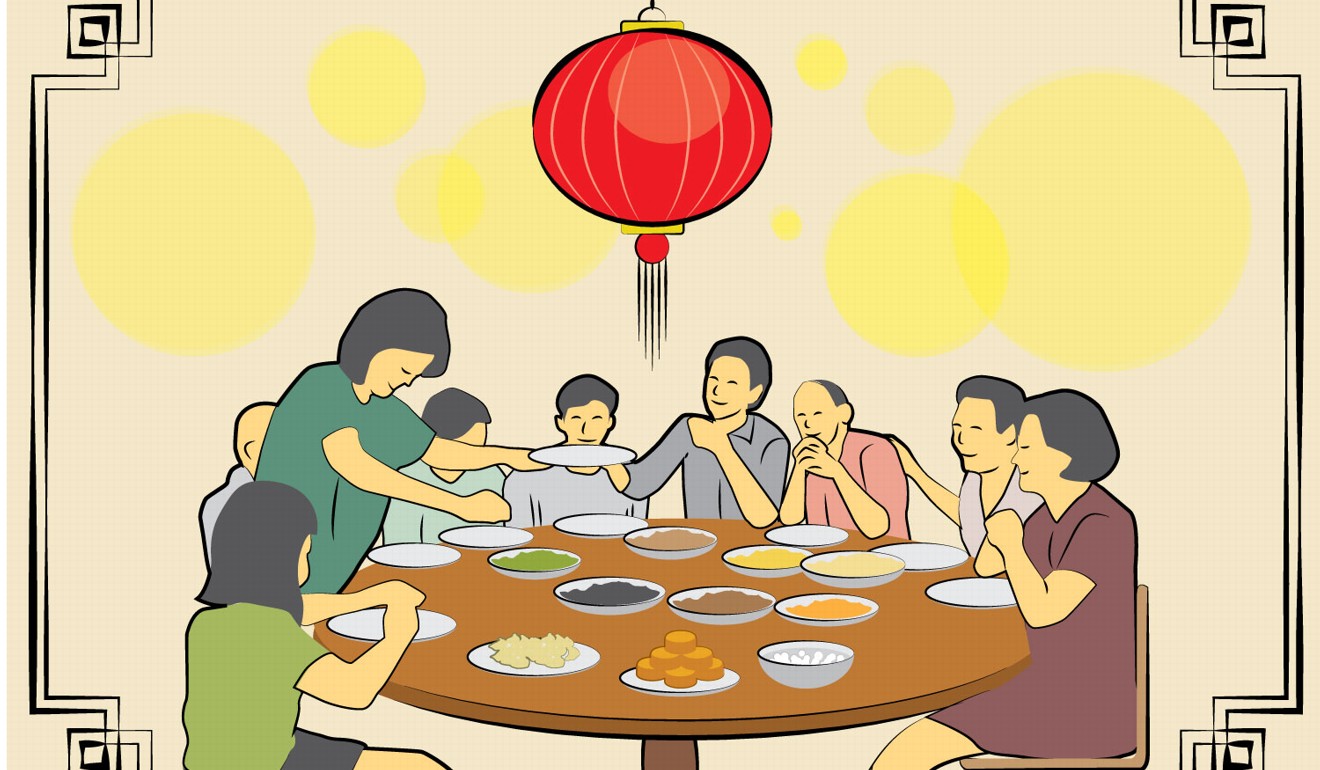
Medicinal foods
Certain foods and drinks are consumed by Hongkongers as part of a long tradition of Chinese medicine and beliefs about the human body. Foods are categorised into one of four types of qi, or “energy flow”, depending on their function within the human body. Those that are cooling cleanse the body of heat. Conversely, warm foods keep out the cold. The Chinese believe that the type of food you consume should be guided by your own body’s level of coolness or warmth.
Liang cha: Whether bought from a local tea stand or boiled by mothers at home, most Hongkongers grew up on the bittersweet dark brown liang cha, a drink consumed in particular in the summer months when the stifling heat makes the need for a cooling drink greater. The tea is made by boiling herbs from traditional Chinese medicine as a way to relieve the humidity and heat within the human body – hence the Chinese name liang cha, or cooling tea.
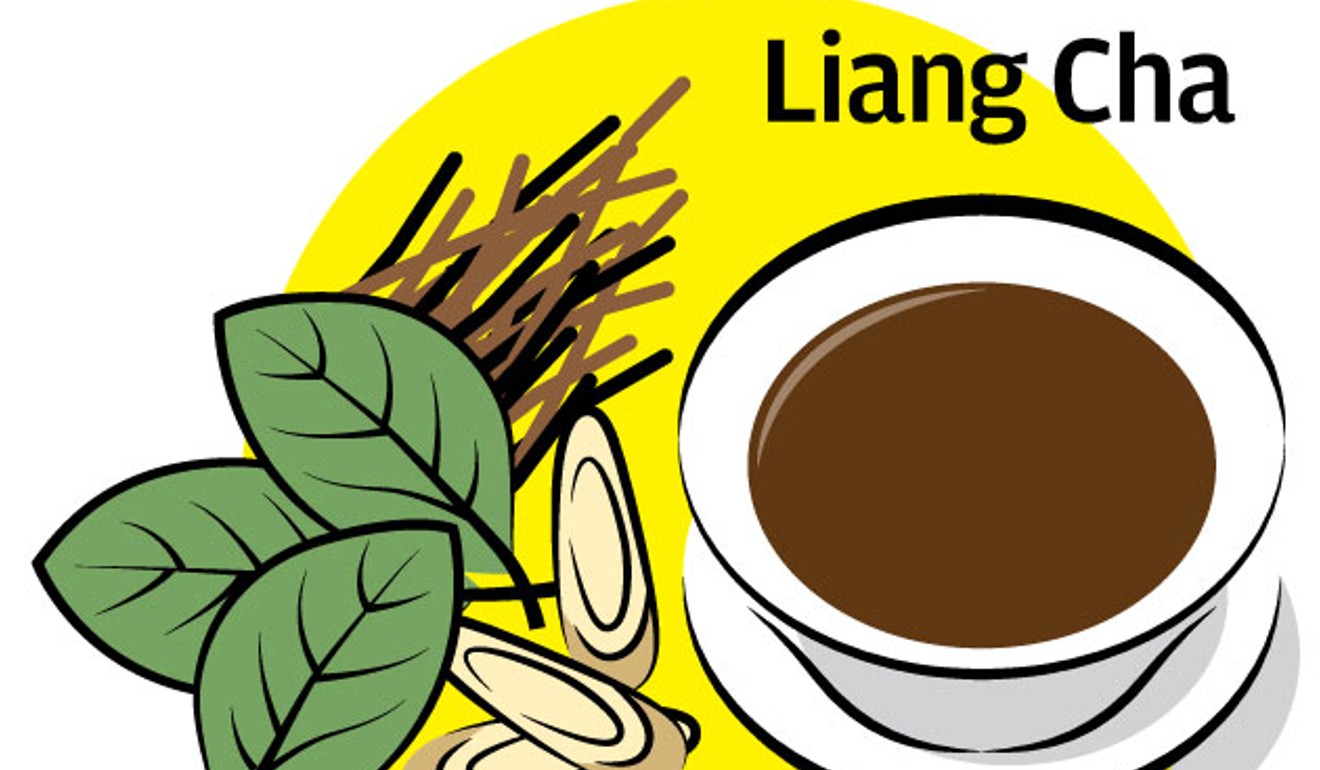
Hong Kong food and drink festival will feature fine wines ... in plastic glasses
Post-dinner oranges: Family meals are often followed by a plate of fruit, which more often than not includes juicy sliced oranges. The cooling nature of oranges helps alleviate the heat from the meal just eaten. Moreover, oranges regulate the circulation of the body’s qi, stimulate the stomach to promote digestion and benefit the liver and spleen. Maybe gorging yourself on a plate of oranges despite being absolutely stuffed from dinner has its benefits after all.

Lotus root: Sweet in flavour but cool in nature, lotus root is a staple of many Chinese soups, medicines and dishes. It has long been applauded by Chinese medicine practitioners for having so many benefits for the human body, and is said to have many curative powers including the ability to stop bleeding and ease nerves. Lotus root is also said to help decrease toxic materials in the intestine. It is a summer food.
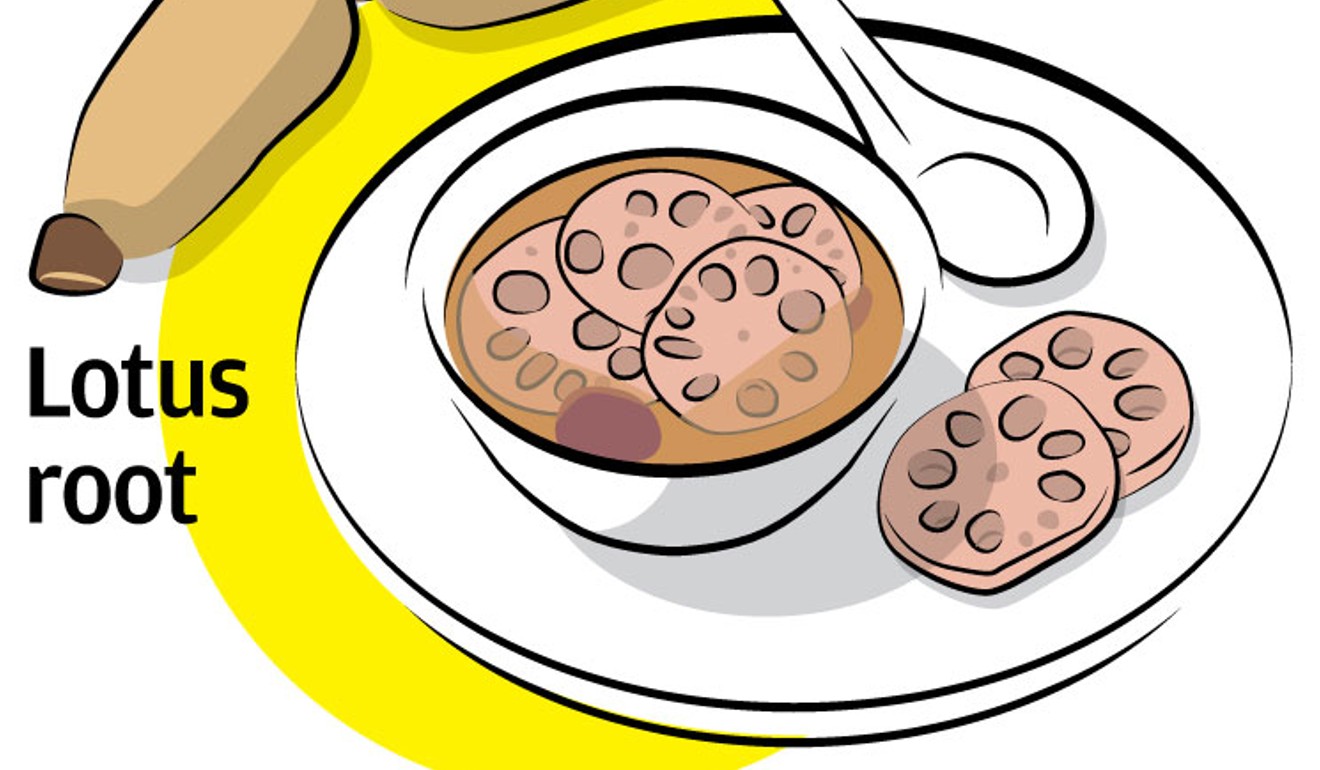
Hong Kong Food Expo offers HK$1 bargains as well as expensive Japanese green tea
East meets West
Many highlights of Hong Kong cuisine are relics of decades of British colonial rule. The local food scene owes much to the influence of colonisation, with delicacies such as egg tarts, milk tea, meat pies and club sandwiches a regular feature of life in the city. With a lot of food being a Cantonese-Western hybrid, some dishes have colourful origins despite their apparent common nature. Most can be found at any neighbourhood cha chaan teng, or tea cafe.
Egg tarts: Anyone who has ever set foot in Hong Kong has undoubtedly tried these creamy, eggy delights. Egg tarts, or daan taat, are a sweet baked street snack consisting of an outer pastry or pie crust filled with egg custard. Egg tarts were first introduced to Hong Kong’s cha chaan teng in the 1940s, having been brought over from Macau, which was then under Portuguese rule. The British also introduced their cold custard tarts in bakeries, and the early Hongkongers took this idea and ran with it, producing the steamy Eurasian treat everyone knows and loves today. They have since developed with different fillings – milk, coconut, egg white and even sweet cheese.

A world traveller's best of the best Hong Kong food guide
Breakfast: While not at all a healthy start to the day, Hong Kong-style breakfasts are an undeniable staple of the local cuisine. Macaroni noodles in broth, runny scrambled eggs, meat, bread and Hong Kong-style milk tea are the unchangeable backbone of the morning for many. A local variant on the traditional full English breakfast, the local version is eaten at all times of the day. The combination of foods is said to have arisen after the second world war when Hongkongers wanted to make a more affordable, localised version of the expensive British treat.

Yuen yeung: This hybrid of seven parts Hong Kong-style milk tea and three parts coffee is another staple. The name refers to mandarin ducks, the emblem of love in Chinese culture. The birds appear in pairs with the male and female looking markedly different to symbolise two seemingly incompatible items coming together in harmony. The drink again finds its roots in colonial Hong Kong when locals and British alike wanted a more caffeinated version of the already popular milk tea. Moreover, according to traditional Chinese medicine, tea is cold in nature and coffee is hot, thus, a mixture of the two yields a neutral beverage.
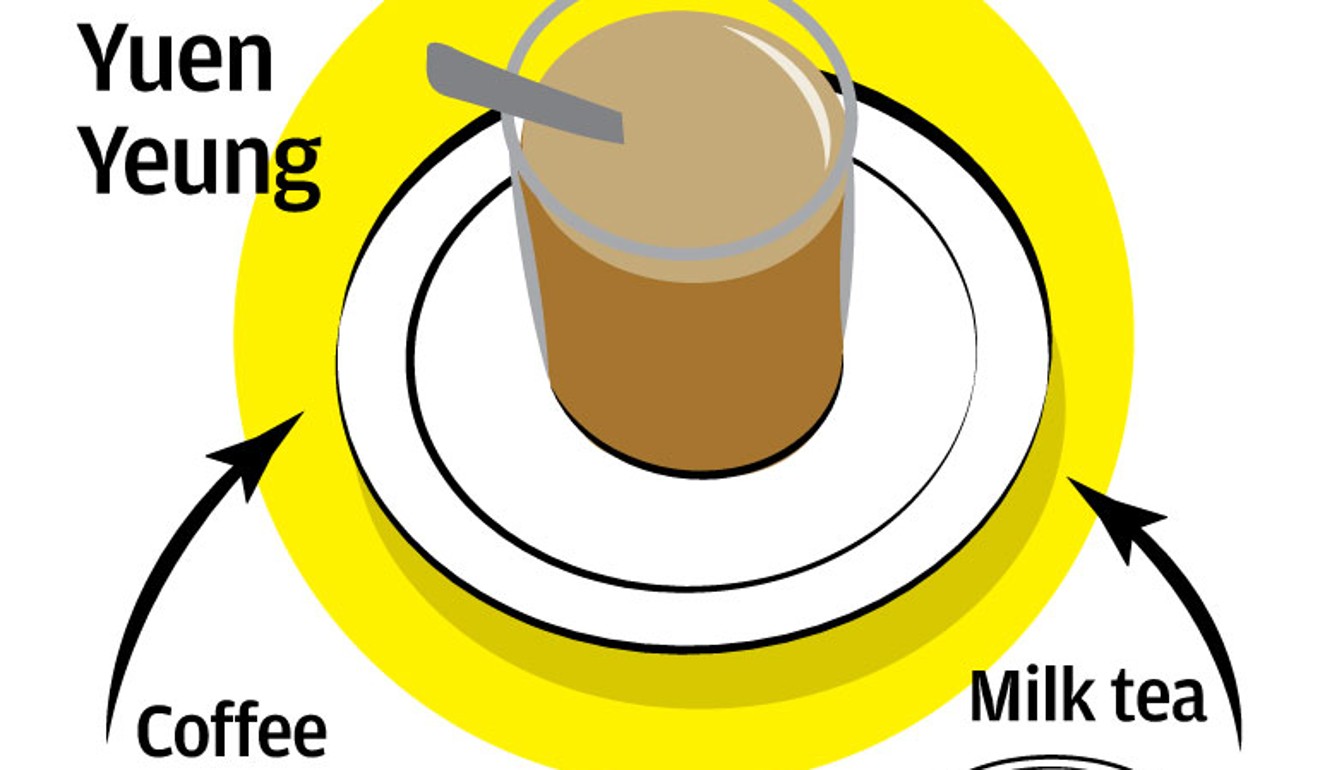
Revelers threw away 1.8 million mooncakes during Mid-Autumn Festival
Getting festive
At the heart of each Chinese cultural tradition and festival is the promotion of auspicious and prosperous times by bringing families and friends together around a table full of food. The significance of traditional foods to Hongkongers cannot be understated. From longevity buns and niangao (new year cakes) to zongzi (glutinous rice stuffed with different fillings) and mooncakes, each dish has a colourful back story and a vibrant present-day tradition.
Mooncake: August marks the beginning of the mooncake buying craze in Hong Kong since the food is a symbol of the Mid-Autumn Festival. The roundness of mooncakes represents completeness and eternity, symbolising family reunion and a bright future. Traditionally mooncakes have been made up of a thin crust filled with lotus seed paste and one or more salted egg yolks, to be eaten in small wedges accompanied by tea. It’s become customary for friends and families to exchange mooncakes with one another as a symbol of their continued union. These days, mooncakes contain a wide array of fillings – custard, red bean, chocolate, coconut paste and even ice cream.
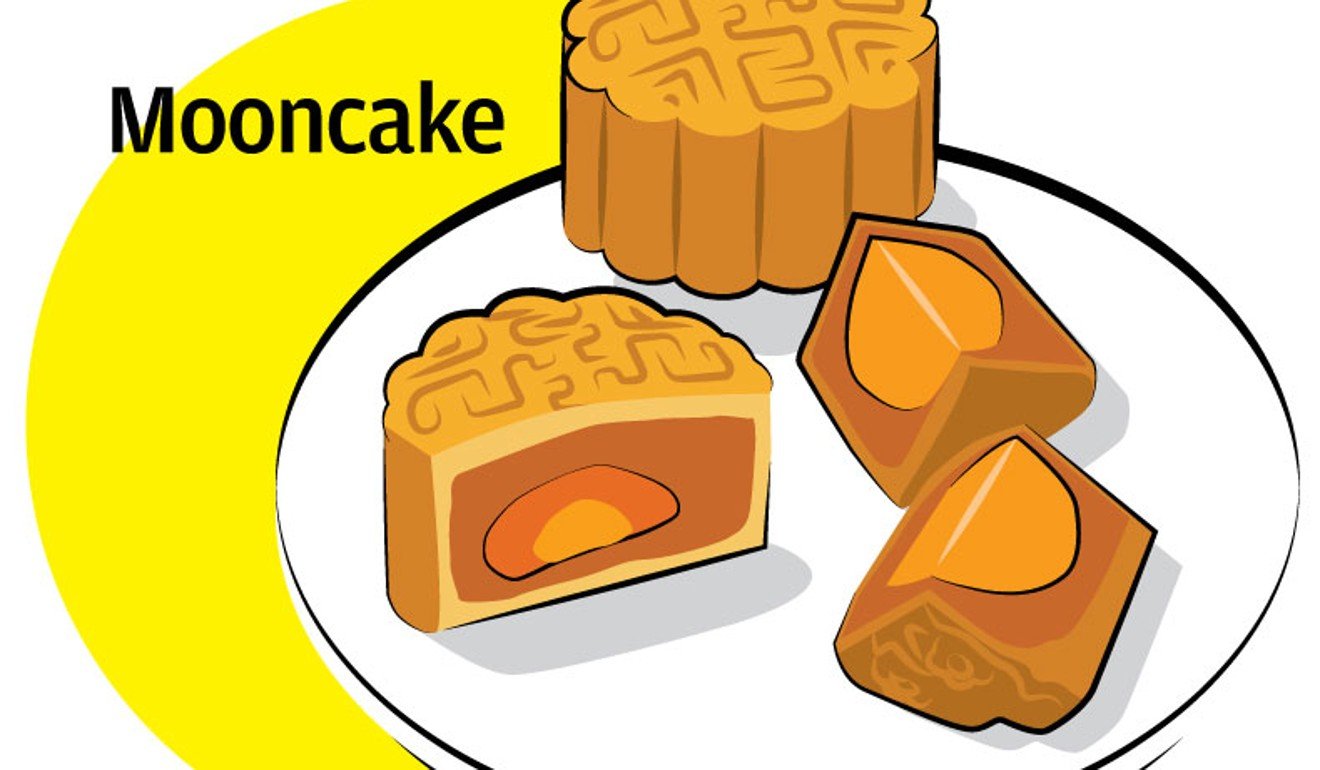
How traditional mooncakes are made at a factory before Mid-Autumn Festival
Dumplings: The tradition of standing elbow deep in flour and dough to wrap dumplings at home as a family on Lunar New Year’s Eve is a familiar one to many. They are eaten over the Lunar New Year period because the word for dumpling in Chinese sounds like bidding farewell to the old and ushering in the new. Because the shape of dumplings resembles traditional Chinese silver ingots, the number eaten is supposed to correlate with the wealth one will accumulate in the new year. Dumpling fillings come with different meanings, and the fuller a dumpling is, the more prosperous the new year is said to be.

Tang yuan: As glowing lanterns sway in the night sky, Hongkongers tuck into warm bowls of these sweet glutinous rice balls. The Lantern Festival is typically on the 15th day of the new lunar year when the moon is at its fullest. The roundness of tang yuan, which sounds like the Chinese word for reunion, is a symbol for familial harmony, unity and prosperity during the new moon. They are traditionally filled with sesame, red bean or peanut.
